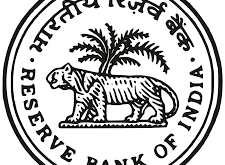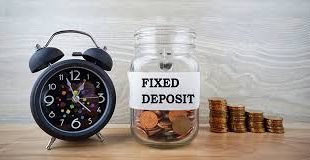Duopoly is a situation where the market for a specific product or service is largely split between two companies. Some common examples include Coca-Cola and Pepsi, Apple and Samsung (manufacturing), Visa and Mastercard, Boeing and Airbus, Apple and Microsoft (Desktop OS), and iOS and Android (Mobile OS).

Duopoly may be unavoidable in specific sectors, but they can have a negative impact on consumers. To understand whether duopoly is good or bad for consumers, here are some important things to understand.
Healthy competition – When there are only two primary players, it will ensure healthy competition. If there are several different players, it can prompt companies to focus more on survivability. In this case, companies may lose their focus on innovation and quality. In a duopoly, the two players have more freedom to experiment and innovate.
Stable pricing – In a duopoly, consumers may benefit from stable pricing. In comparison, prices may fluctuate when there are more players. In a multi-player market, some entities may resort to extremely low prices to gain market share. Later, the prices could be hiked as well. Such price fluctuations will not be good for the entire ecosystem.
Limited options for consumers – In a duopoly, customers just have option A and B to choose from. This can sometimes be an issue if the customer is not satisfied with either A or B. This is why economists often recommend having more than two players in any market segment.
Huge barrier for a new entity – In a duopoly, both players acquire the status of business giants. This presents significant challenges for a new entity trying to launch operations. The new entity will need to make massive investments to compete with the two giants in a duopoly. They will also need to convince the target audience to make the switch. Inability for new businesses to emerge is often considered a negative development for the market.
Risk of complacency – In a duopoly, there’s the risk of one or both players becoming complacent. They may lose their focus on innovation and fail to provide better products and services to consumers.
Possibility of price fixing and collusion – In a duopoly, the two players may secretly collude to control the market. They may devise strategies to make it extremely difficult for other players to enter the market. In a duopoly, the two players may also covertly engage in price fixing. As a result, consumers may end up paying high prices for the products and services.
As is evident from above, a duopoly has both advantages and disadvantages. How consumers will be impacted will ultimately depend on the strategies and business ethics being followed by the two companies. The type of leadership and regulatory framework will also determine if consumers are negatively or positively impacted by a duopoly.
 Newspatrolling.com News cum Content Syndication Portal Online
Newspatrolling.com News cum Content Syndication Portal Online







